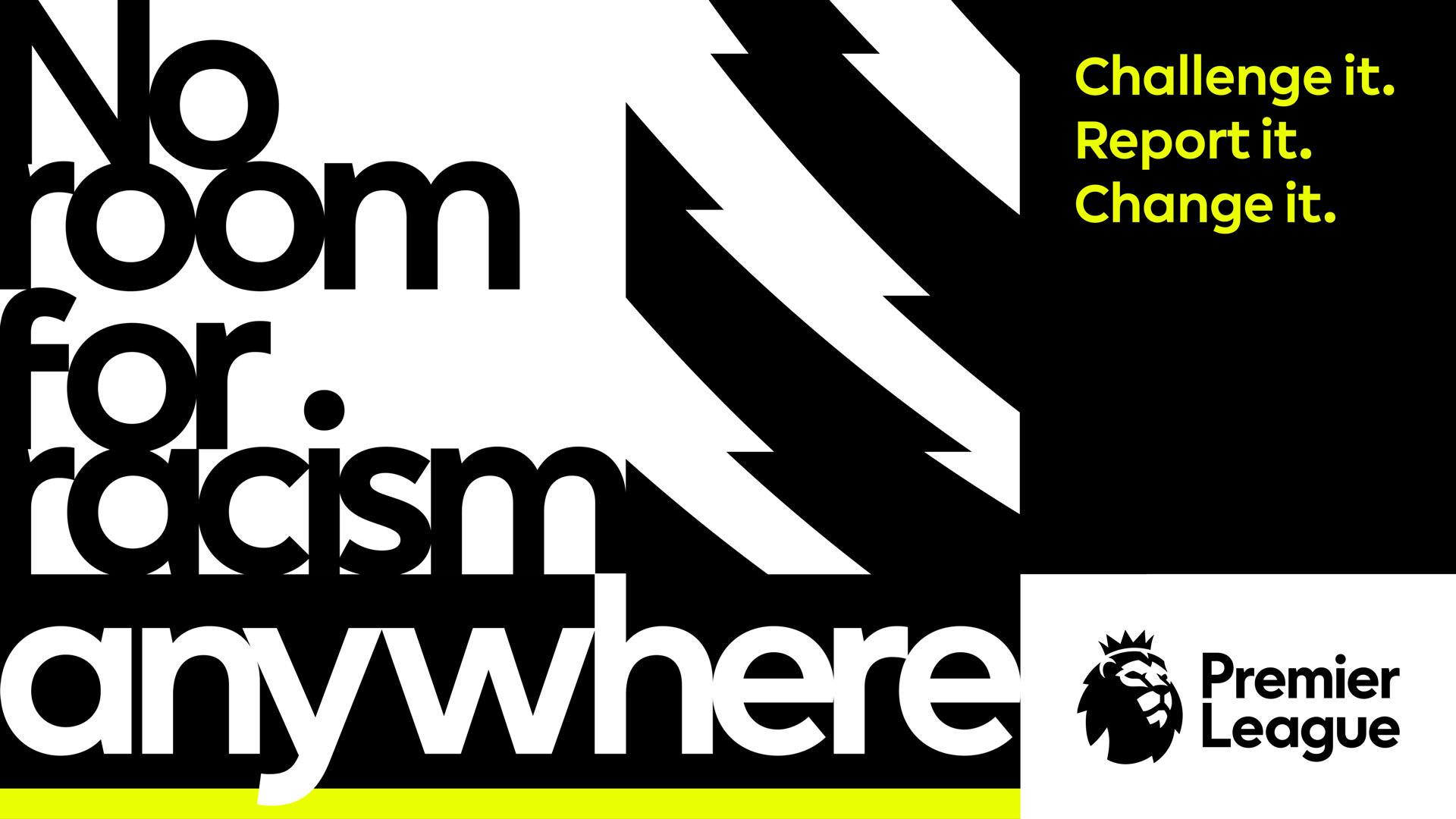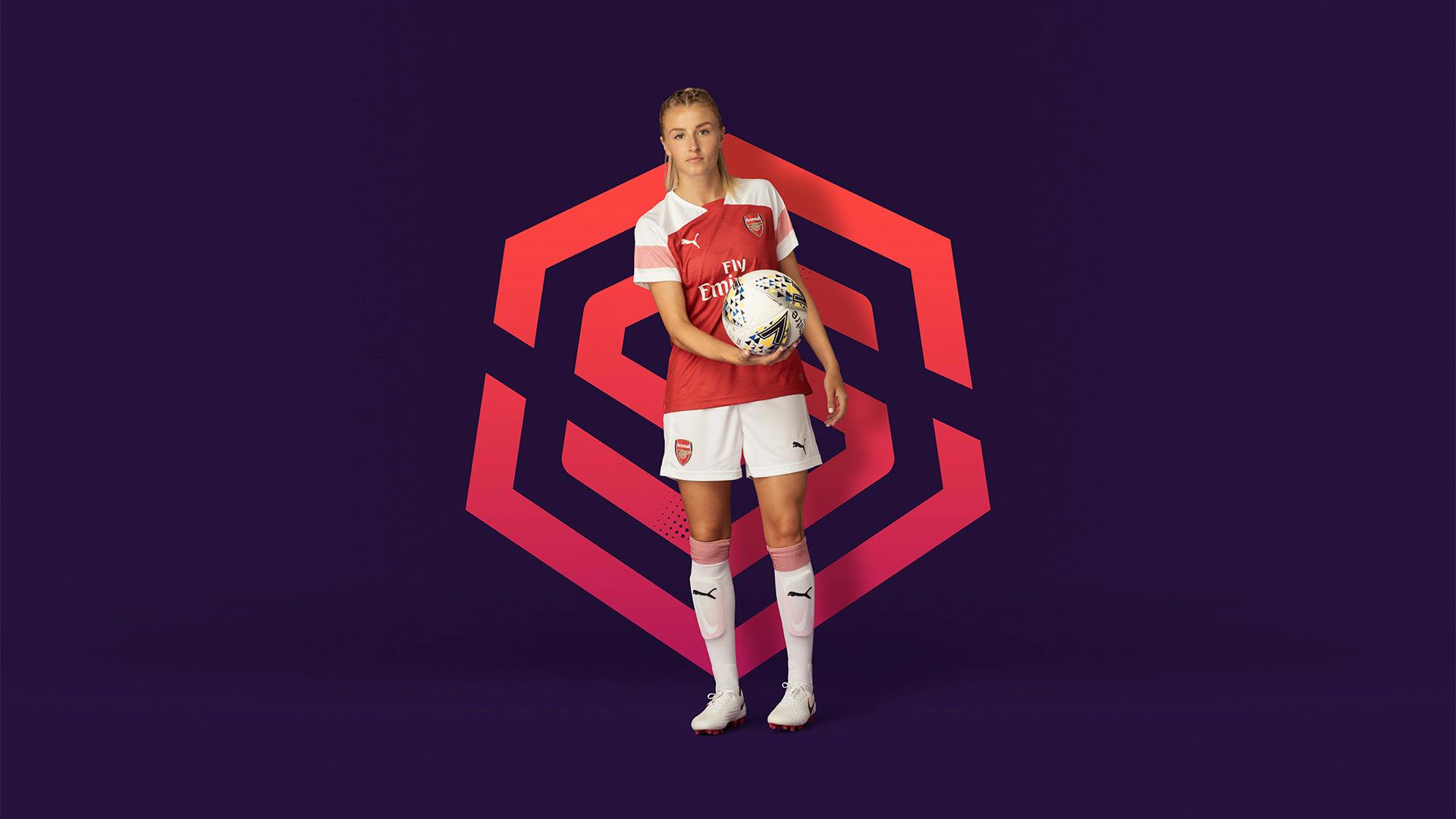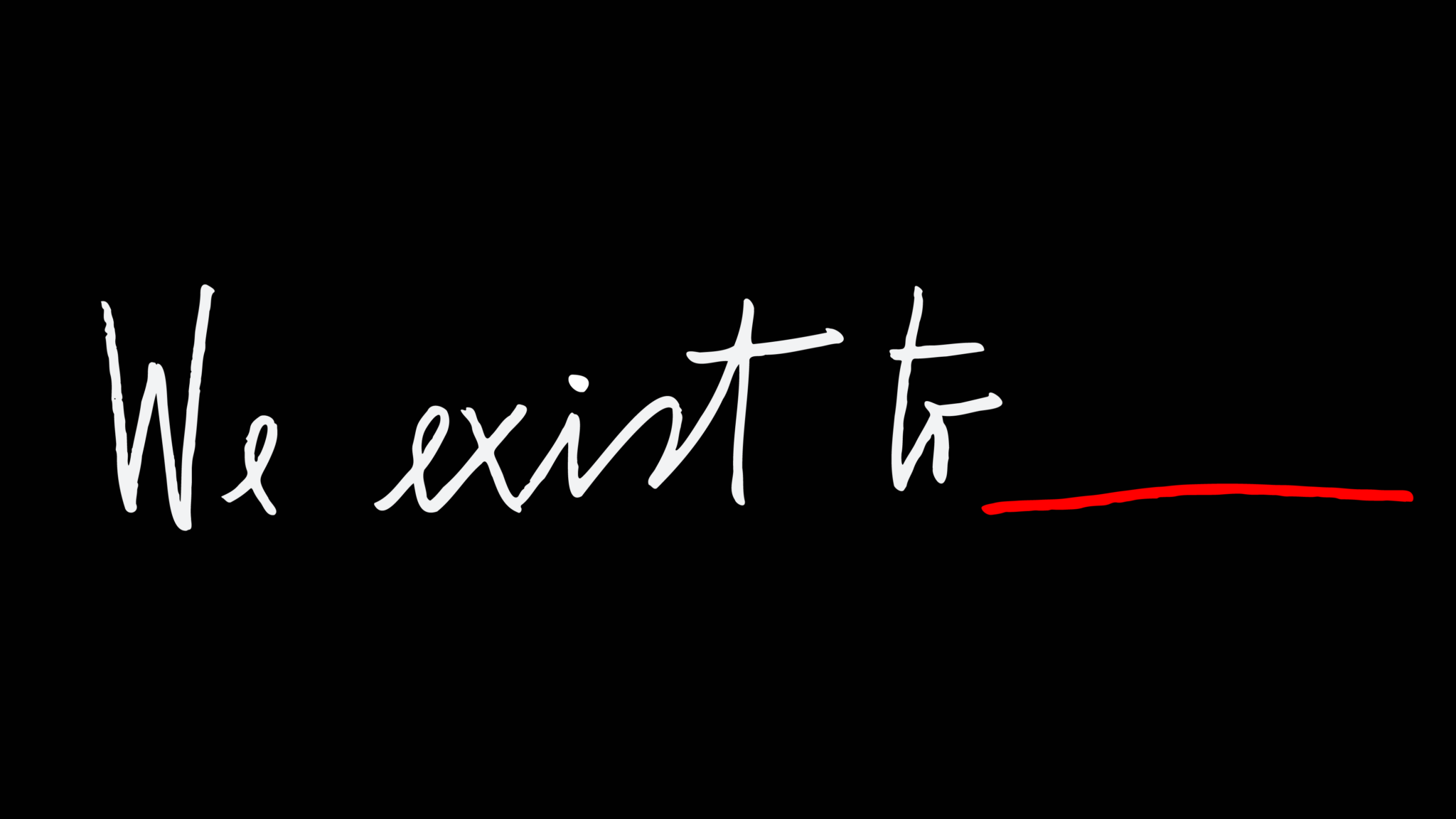

A blueprint for building brand strategy.
Shaping a meaningful brand strategy – one that inspires and unifies a disparate group of people in a business through a common and important purpose – follows no cookie cutter process. A cut-through brand blueprint not only motivates creative expression. It’ll also create difference; distinct ways for a business to get its ideas and messages across.
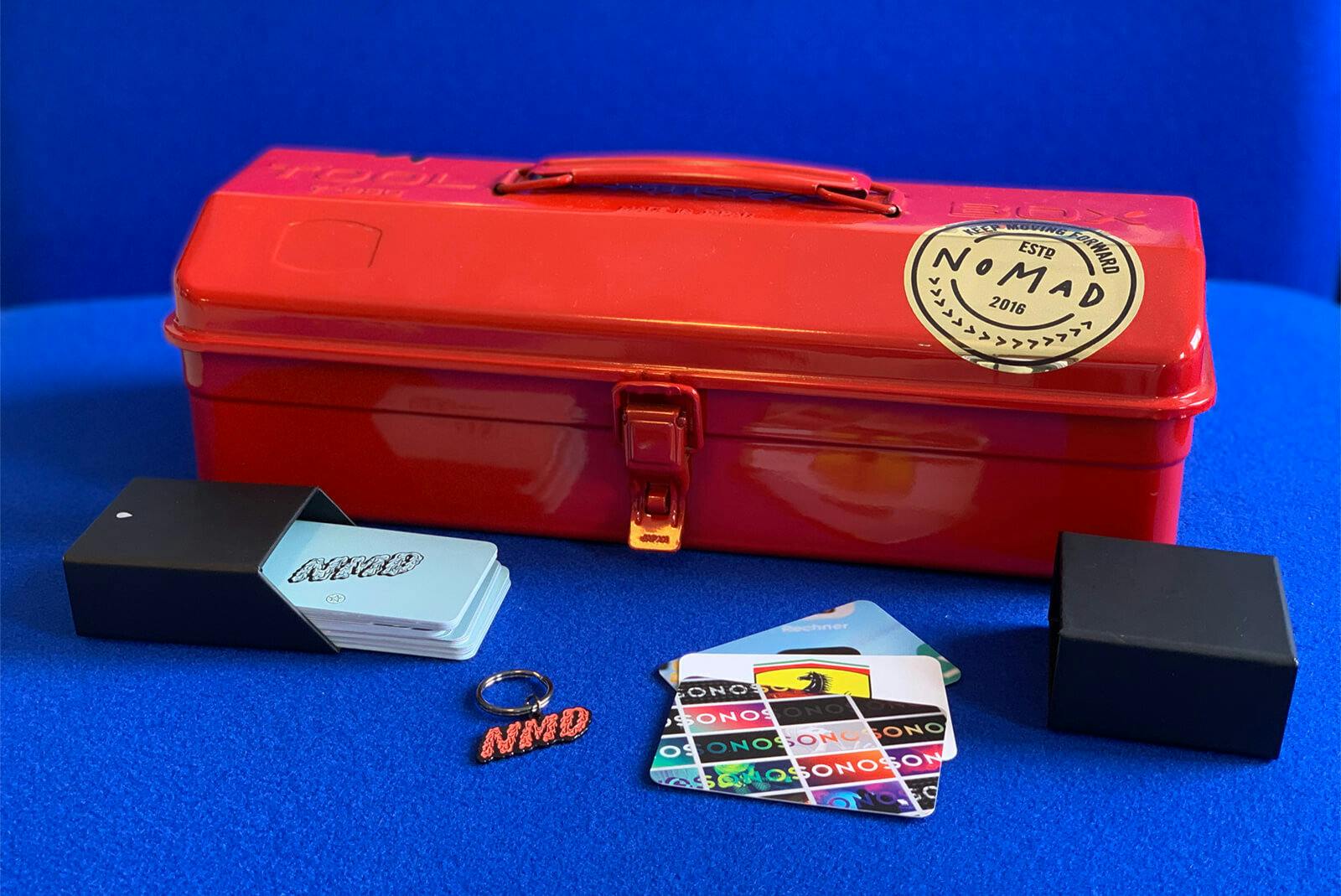
Every adviser needs to do things differently for every client, as their reasons-to-be and their cultures are likely to be very different. They’ll manifest diverging sensibilities and ways of doing things; hence there’s no one-idea-fits-all. It’s important to watch, listen and sense the heartbeat and attitude of the team, and direct the work accordingly.
This is not science, and graphs and diagrams will not make up for a lack of sensitivity, humanity and humour. Sure, logic matters a great deal. But logic and intuition, together – math and magic – will produce far greater creative scope and more imaginative solutions.
Our experience has thrown up some tips and tricks, on how to get it more right than wrong. Here’s ten:
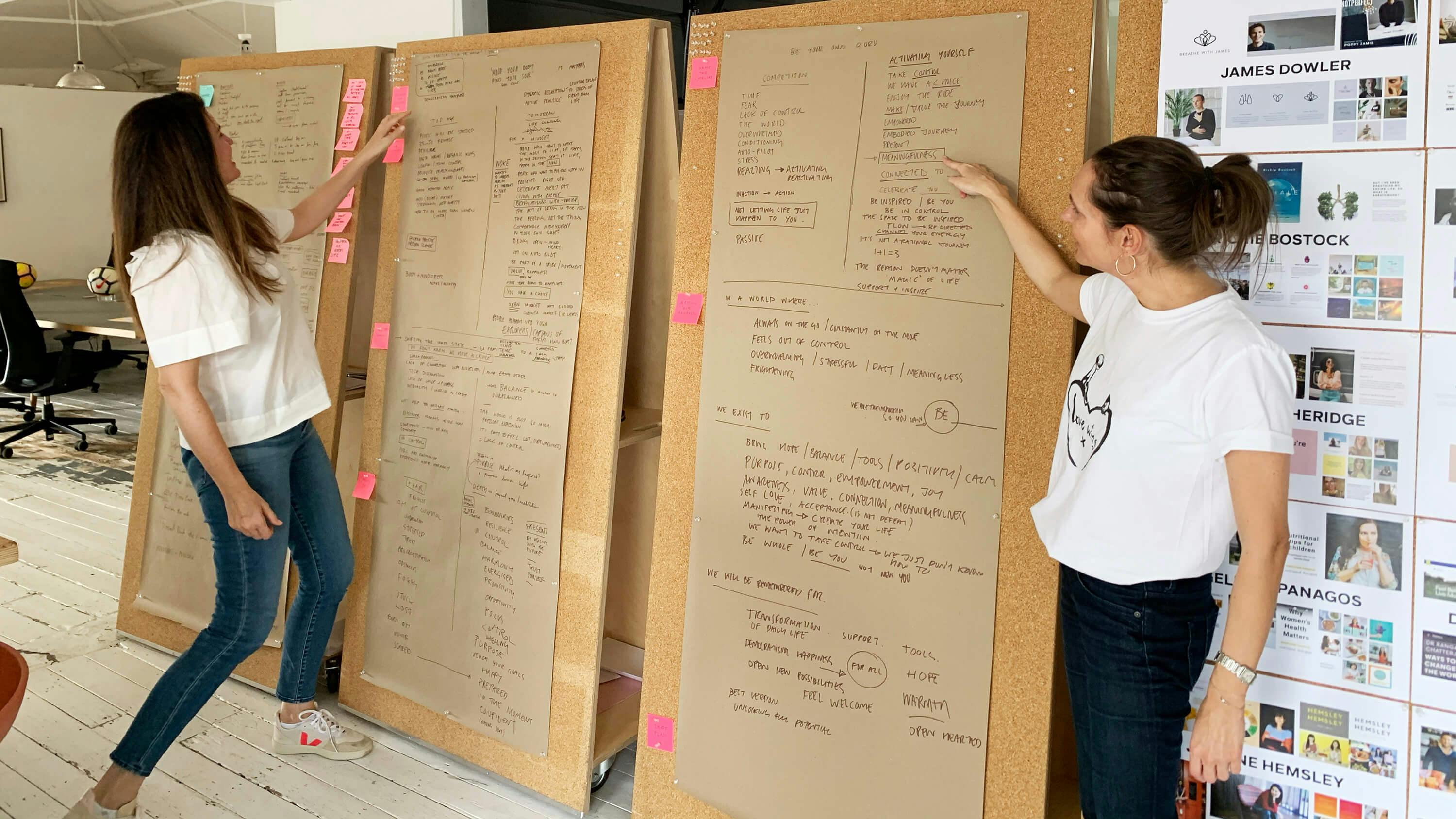
Crystallise the brief
Figure out what really is the issue at hand. It may not be what’s presented. It may not even be what’s discovered, behind that. It might go deeper, and the real issue is buried behind yet another layer.
You might be told: we need to, finally, look modern
You might find: they’re lagging behind in tech; that’s why they appear un-modern. It’s not a matter of just a graphics and design update.
The deeper issues: they have forgotten why they exist; yet their purpose is worthy and makes the world a better place. The actual brief can range from needing a good Story, a whole new future, a genuine purpose, sharper expression, compelling campaigning, switched-on design, unique styling, a distinctive voice…. Or some or all of these, or others…
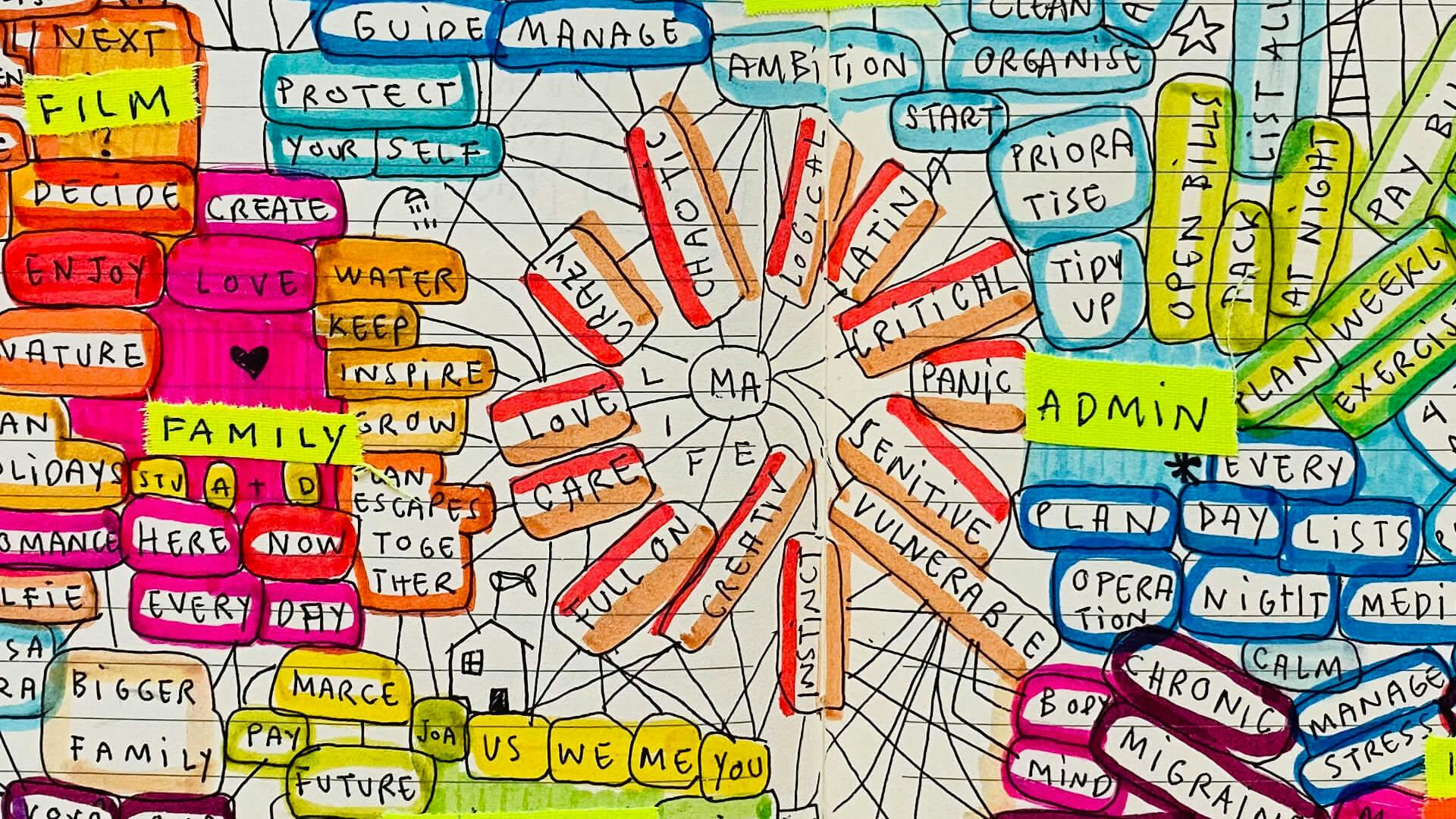
Look and Listen
You do not have the answer. Even when you think you have the answer, you don’t. You have ideas as you go in; sure. But the first job is to get under the skin of the enterprise and collect impressions.
Read the company’s body language, symbols, codes – and figure out what they really signify. Listen carefully, not only to what they say, but what they feel.
Find the nuances, the nuggets of difference; and save them up for later, to amplify them and build them into the story that is truly compelling.
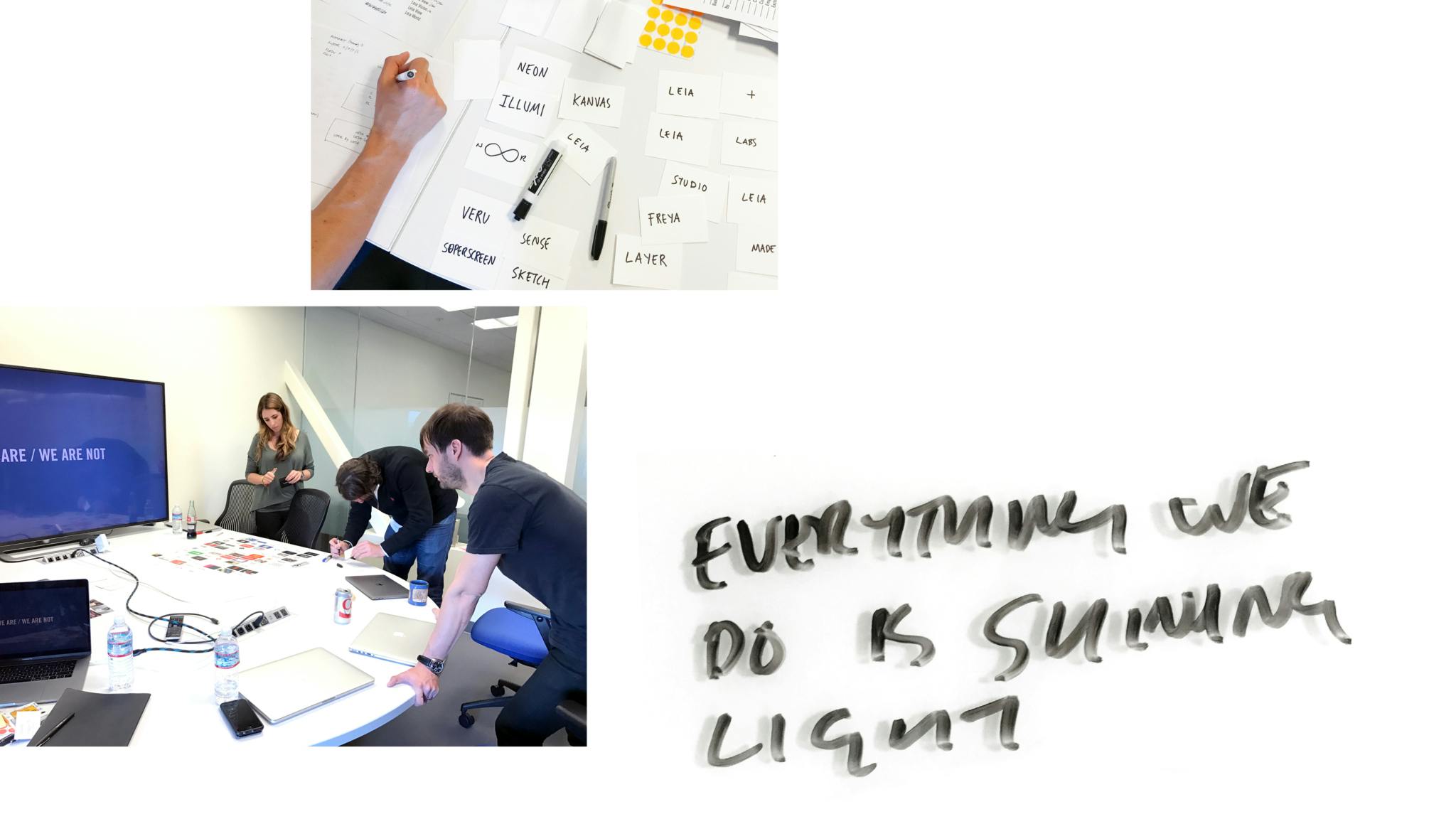
Flip it
Everyone will tell you what they do, and why it’s great, and how special the work is, and how cleverly they’ve reorganised... No one cares. The only thing that matters is what it does for people, for customers, for the world.
Anyone can do, but does it have an impact; a good one?
Switch and flip. Make it about outcomes. Not inputs. Make it about customers, not yourselves. Ask, why does this matter, what makes all this activity necessary (if it is); or which part of it is useless and therefore claiming it, a waste of time.
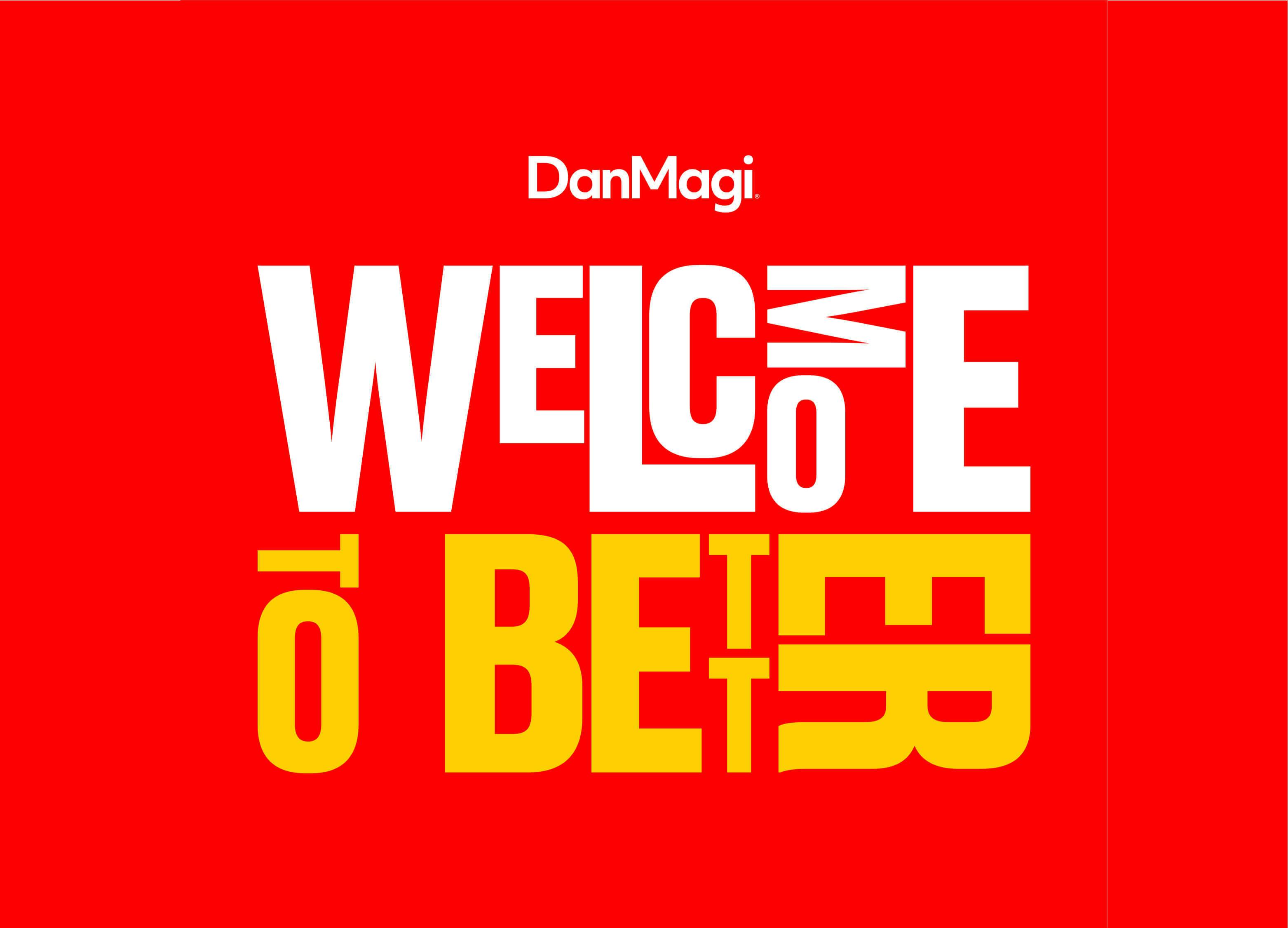
P2P
There is no such thing as business to business. Businesses are abstract entities. Sure, they have machines, buildings, stock and such. But really they’re people. Sentient, feeling people who operate at 37 degrees centigrade.
Think not “is this a business-appropriate communication, with gravitas”. Think instead ‘‘will the switched on people in client companies find this a turn on”. Sure they might be prudent and conservatives. But they’re influenced by their 27-year-old daughter who’s cool and with it, and Mum doesn’t live underneath a stone either.
It’s all about people to people.
Be Not Negative
It’s so easy to find fault and criticise the client’s ways and say, oh, ‘‘just because this is how you’ve always done it, doesn’t mean it’s right”. That’s true but glib and betrays insensitivity.
Instead search for what they do super right, what’s special, and perhaps unique and a key benefit. What do they do uniquely well, providing such advantage to their audiences, that they can claim Number One is something. So it may not be size, but the best-tailored service; or they may not have the best tech-ready, but their engineering is so ‘can do’ that they can always say yes.

If it ain’t broke
We’re not saying their way of doing things is gospel. If it ain’t broke… break it! Or at least, shake it, and see if something better can come out of it.
But do that in thought, before you suggest such action. And think of second-order effects, unexpected consequences of change. Like, every year, we get everyone together in Vegas…well, is that really such a great idea and spend, in an age of Zoom?

Neighbourhood Watch
The company you keep, defines the identity you reach. Map the competition, by all means. But choose a switched-on map, with interesting differentiating parameters. Think beyond your sector, find the neighbourhood that you’d like to move to, where your peers are truly impressive.
So, don’t just seek to be the most insurancey of all the insurance companies. Think if you’d like to be the Apple, the Google, the {Pixar of insurance companies. Leave the old folk behind.
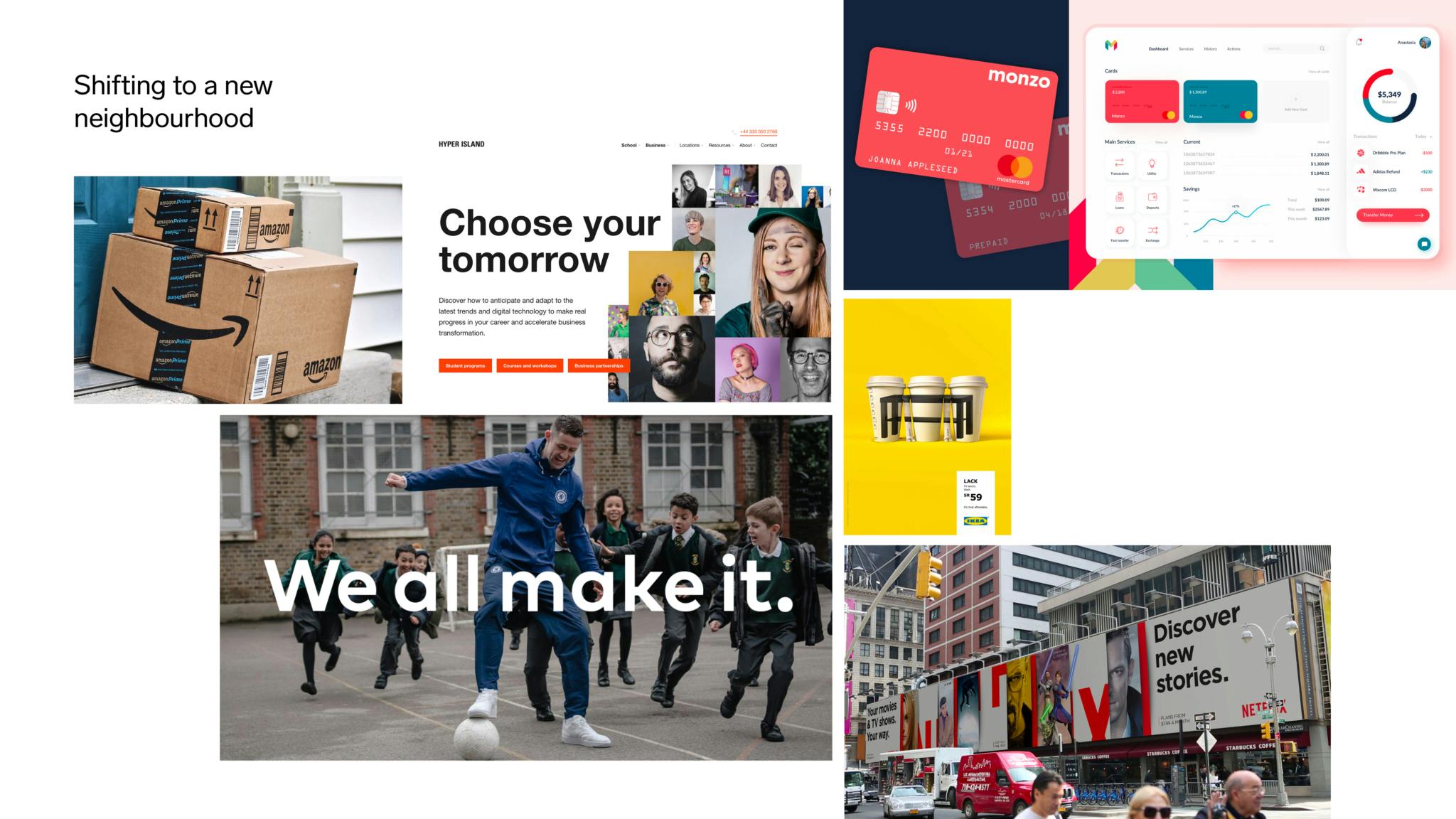
Keep pushing
Question the first ‘great idea’. And the second. And the … next. Think: If it sounds uninteresting, a bit anodyne; a bit ‘anyone could say that’ - then it probably is. Push it, make it pointy, sharp and unforgettable
Yes, build it logically. Be rigorous. But then revolt against the rigour. See if emotions support the logic. Then make it feel great. Then, go big or go home. Even bigger.
Look for a bit of poetry.
Look, there’s no point in telling something interesting in a boring way. We’re in the business of magic here. This is serious, but it’s also serious fun. There’s so much around that’s so earnest and worthy, and brand stuff should add a dimension of imagination, magic, and disruption in the ordinary everyday.
So, use haikus, songs, animation, lyricism, streams of conscience, mantras, credos and, yes, poems, to make the expression and communication as interesting as the creative brand idea. Otherwise, it dries out, like a cowpat in the field, and is relegated to the drawer marked ‘trying hard but failed.
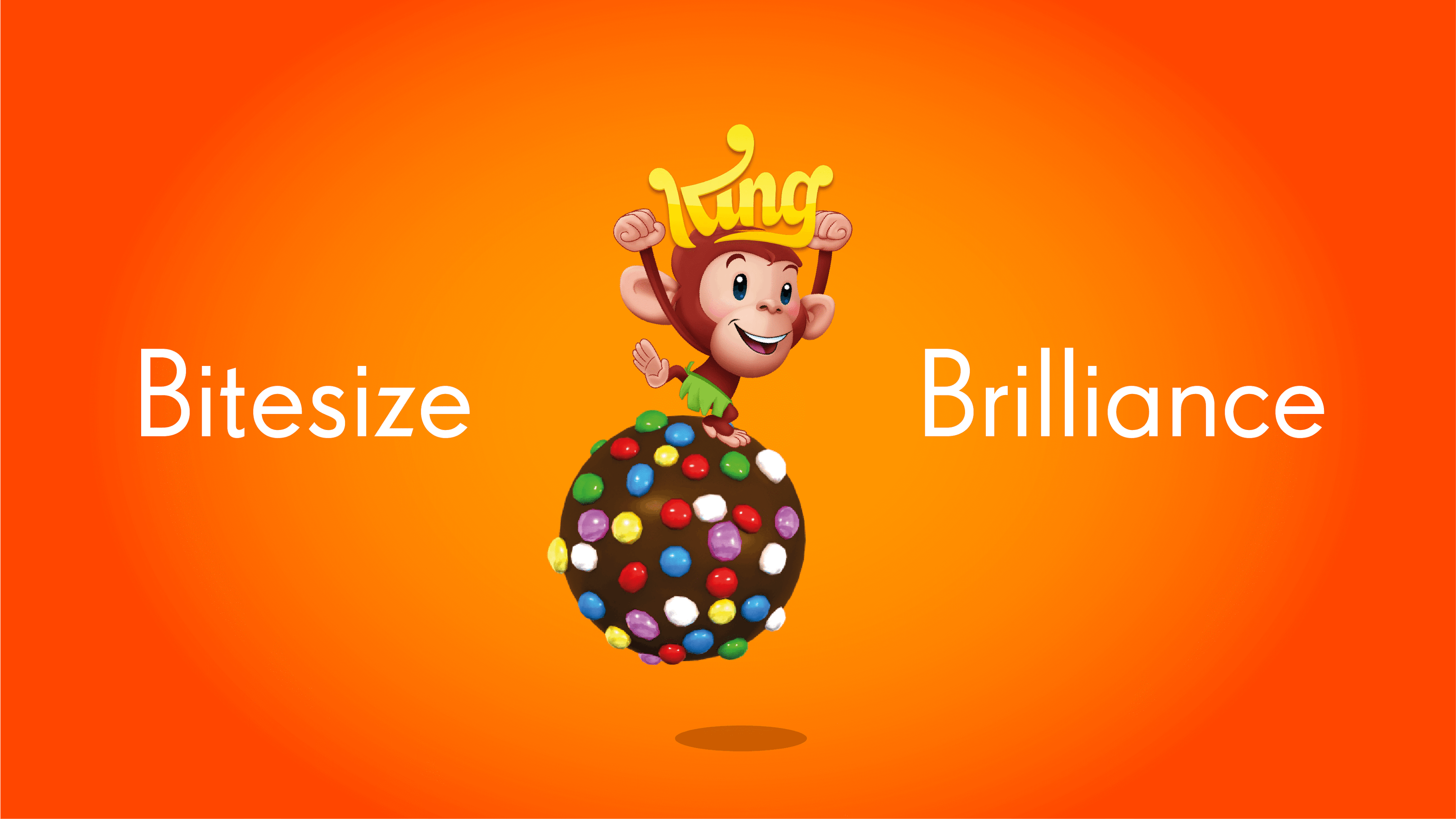
Make a blueprint
It’s not science, but some formulae help. We find that enterprises can really use a blueprint to help them judge their actions, to decide if what they do, say, plan, acquire, hire, manufacture and sell is on-brand or off-brand. Does it fulfill the ideals, values, and advantages that the business holds dear?
You can make up your own blueprint, in concentric circles, or as a manifesto, or a tablet of law. It’s good if it lays out the foundational idea and purpose, the values to live by and to do things right, the actual proposition of the firm, the main creative communication ideas.
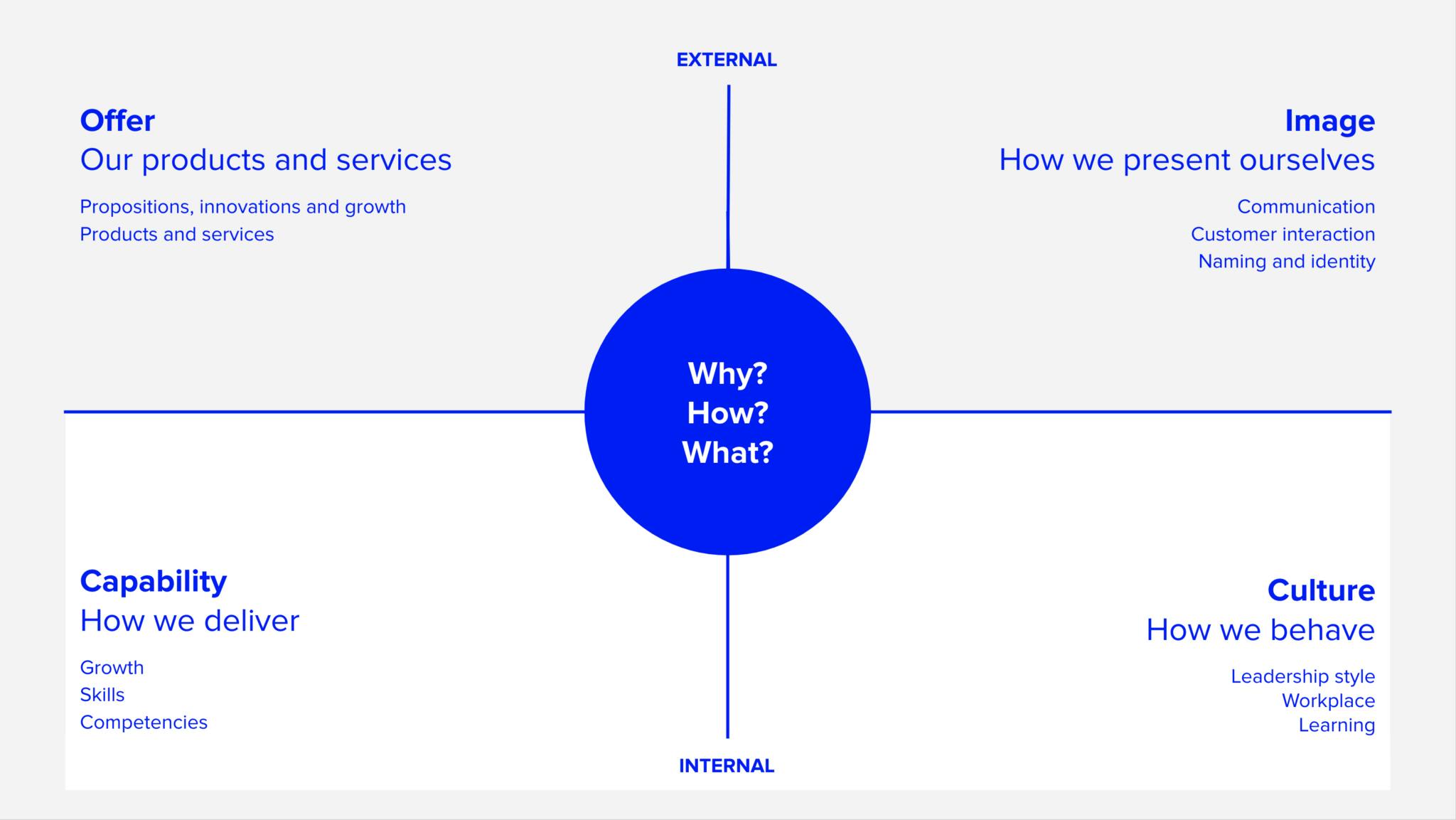
Make it move
So here we are, we have brought all our ideas about the brand together, in a brand blueprint. Now comes the time to tell stories, to show colours, to wave a flag. We need to make the brand move and make it move people. Well this may be point 10, but it’s the start of a whole other journey. The adventure of design and words. Watch this space.
Design, tone, style, and shape of messages will get things across in the right way. Or, get it wrong, in the wrong way. People need to buy it; and want to buy into it. Many audiences, different sensibilities. What you say is not necessarily what people hear. Say it well. Show and tell.
